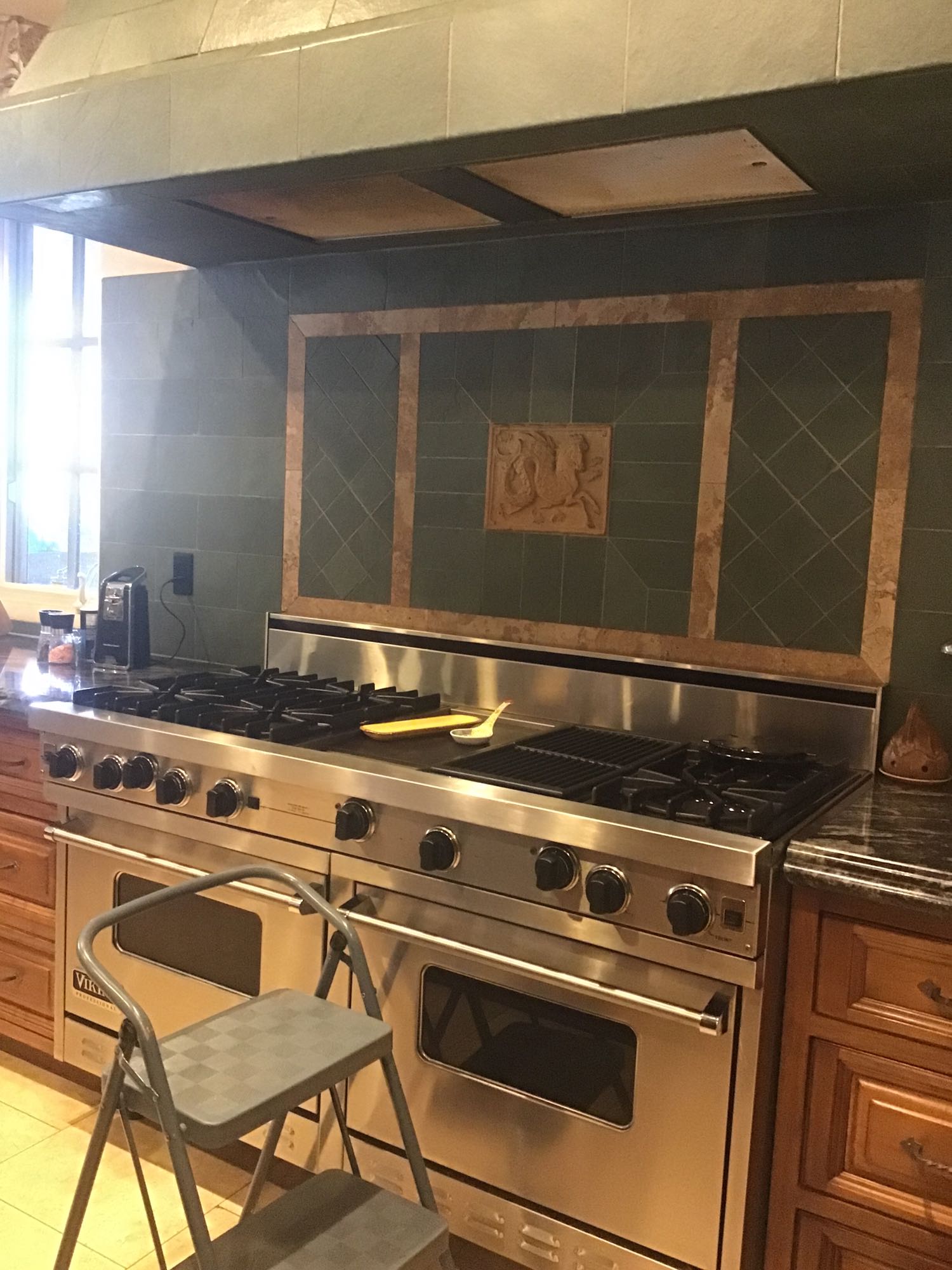
Induction cooktops have become a popular choice for modern kitchens due to their energy efficiency, safety, and sleek design. Unlike traditional gas or electric stoves, induction cooktops heat your pots and pans using electromagnetic energy. But what happens when your induction cooktop doesn’t detect the cookware and refuses to heat up? This frustrating issue is more common than you might think and usually points to a compatibility or system error.
Let’s explore the possible reasons behind this problem and what you can do to fix it.
Understanding How Induction Cooktops Work
Induction cooktops operate by generating a magnetic field that interacts with the metal in the base of your cookware. This interaction causes the cookware itself to heat up—while the cooktop surface remains relatively cool to the touch. For this system to work correctly, the cookware must be:- Magnetic (ferrous metal like cast iron or magnetic stainless steel)
- Flat-bottomed to ensure contact with the induction surface
- Appropriately sized for the burner zone
Why Your Induction Cooktop Won’t Detect Cookware
Here are the most common reasons your induction cooktop might not be detecting your pan:1. Non-Compatible Cookware
One of the most frequent causes of detection failure is incompatible cookware. Aluminum, copper, glass, and ceramic pans are not magnetic and will not work on an induction surface. How to check: Use a refrigerator magnet and place it on the bottom of your pot or pan. If it sticks firmly, the cookware is compatible.2. Improper Placement
Even if your pan is induction-compatible, it may not be placed correctly on the cooking zone. If the pan is off-center or not making enough contact, the cooktop may not detect it. Tip: Center the pan directly over the circular burner markings and ensure the base is touching the surface evenly.3. Pan Too Small for the Burner
Most induction cooktops require a minimum pan size for proper detection. If your cookware is too small for the burner zone, the cooktop may not activate. Solution: Try using a larger pot or switching to a smaller burner zone that better matches the pan’s size.4. Cookware Base Is Warped
A warped or uneven base can prevent full contact with the cooktop’s surface, resulting in detection errors. What to do: Use flat-bottomed pans. You can test this by placing the pan on a flat surface and checking for gaps between the base and the surface.5. Cooktop Surface Is Dirty or Wet
Sometimes, something as simple as moisture, food residue, or oil can interfere with the sensor’s ability to detect cookware. Quick fix: Wipe the cooktop clean and dry it thoroughly before placing the pan.6. Sensor or Circuit Board Malfunction
If you’ve verified that the cookware is correct, clean, and properly placed—but the cooktop still doesn’t detect it—there may be an internal issue. A failed sensor, control board, or induction coil can disrupt the communication between the pan and the cooktop. This requires professional diagnosis and repair.How to Fix the Problem
Depending on the cause, here’s how to resolve the issue:- Switch to compatible cookware: Ensure all your pots and pans are induction-ready.
- Check placement and size: Adjust the pan to sit squarely over the burner and make sure it’s not too small.
- Replace warped cookware: Use cookware with a flat, smooth base for better contact.
- Clean the cooktop surface: Remove any spills, oil, or moisture to allow the sensors to function properly.
- Restart the cooktop: Power down the cooktop at the circuit breaker for a few minutes and restart to reset the system.
- Call for professional service: If none of the above resolves the issue, internal components like the induction coil or control board may need to be replaced.
Prevention Tips
To avoid cookware detection issues in the future:- Always use cookware labeled “induction compatible.”
- Avoid using cookware with ridged or uneven bases.
- Clean the cooktop after every use to prevent buildup.
- Use the correct size burner for your pan.
- Handle cookware gently to avoid warping.